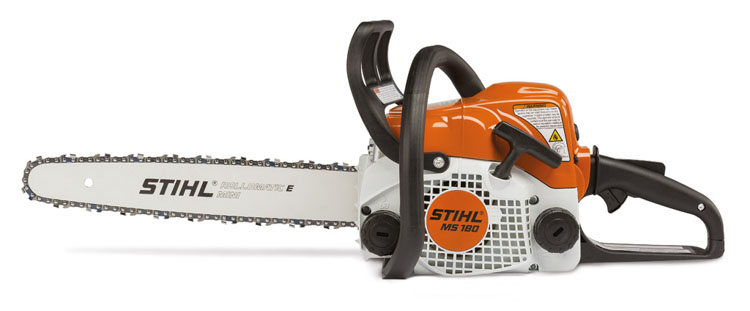Chainsaws are powerful tools that have revolutionized the forestry and woodworking industries. At the heart of these machines lies a crucial component known as the carburetor. In this blog post, we will delve deep into the intricate workings of chainsaw carburetors, exploring their functions, components, and the science behind their operation. By the end, you will have a comprehensive understanding of how chainsaw carburetors work and how they contribute to the smooth functioning of these powerful tools.
- The Basics of Chainsaw Carburetors:
To comprehend the inner workings of chainsaw carburetors, it is essential to grasp their basic structure and purpose. A chainsaw carburetor is a device responsible for mixing air and fuel in the correct proportions and delivering it to the engine for combustion. It consists of several key components, including the throttle, fuel pump, metering diaphragm, and idle adjustment screw. - Fuel Delivery System:
The fuel delivery system of a chainsaw carburetor is a complex mechanism that ensures the precise mixture of air and fuel required for optimal engine performance. It involves the interplay of various components, such as the fuel pump, fuel filter, and fuel metering diaphragm. We will explore each of these components in detail, discussing their functions and how they contribute to the overall fuel delivery process. - Air Intake and Mixing:
The air intake system plays a crucial role in the functioning of chainsaw carburetors. It regulates the amount of air entering the carburetor and ensures its proper mixing with fuel. We will examine the different stages of air intake, including the air filter, venturi, and throttle, and explain how they work together to create the ideal air-fuel mixture for combustion. - Carburetor Adjustments:
Proper adjustment of the chainsaw carburetor is essential for optimal performance and fuel efficiency. We will discuss the various adjustments that can be made, such as the idle speed adjustment, high-speed mixture adjustment, and low-speed mixture adjustment. Understanding these adjustments will empower chainsaw users to fine-tune their machines for different operating conditions and achieve the best possible results. - Troubleshooting and Maintenance:
Like any mechanical component, chainsaw carburetors require regular maintenance and occasional troubleshooting. We will provide practical tips and techniques for diagnosing common carburetor issues, such as flooding, poor acceleration, and rough idling. Additionally, we will offer guidance on proper cleaning and maintenance procedures to ensure the longevity and reliability of chainsaw carburetors.
Conclusion:
Chainsaw carburetors are intricate devices that play a vital role in the performance and efficiency of these powerful tools. By understanding their inner workings, components, and adjustment techniques, users can optimize their chainsaw's performance and extend its lifespan. This comprehensive guide has provided a detailed exploration of how chainsaw carburetors work, equipping readers with the knowledge to make informed decisions and tackle any carburetor-related challenges that may arise.

